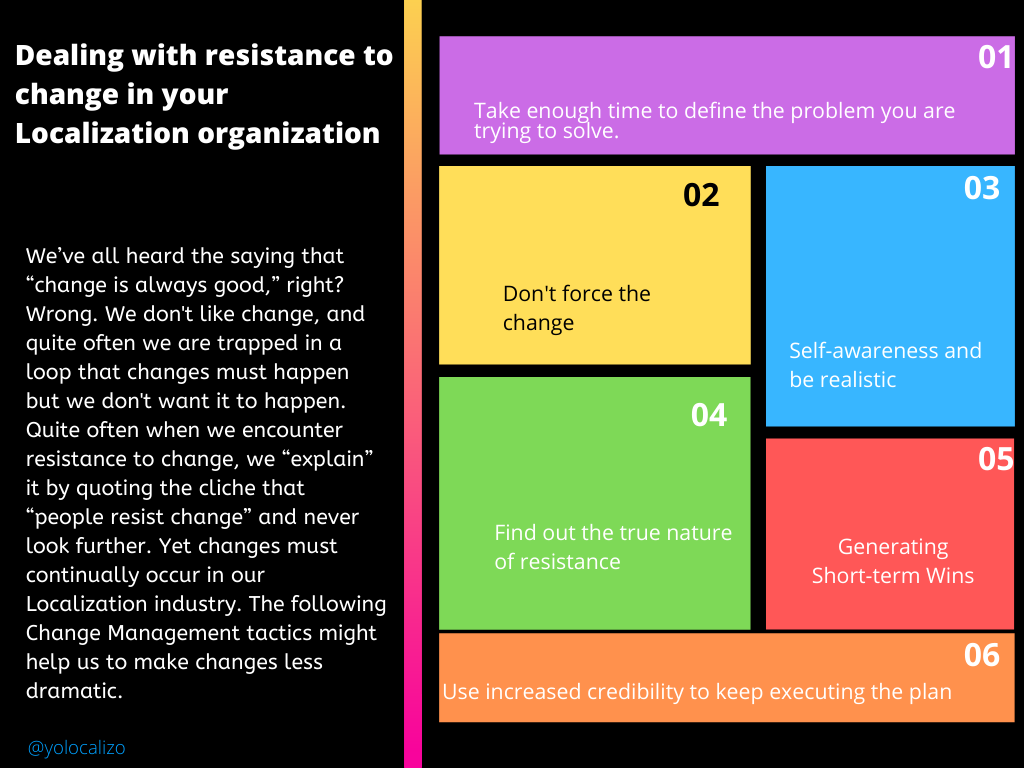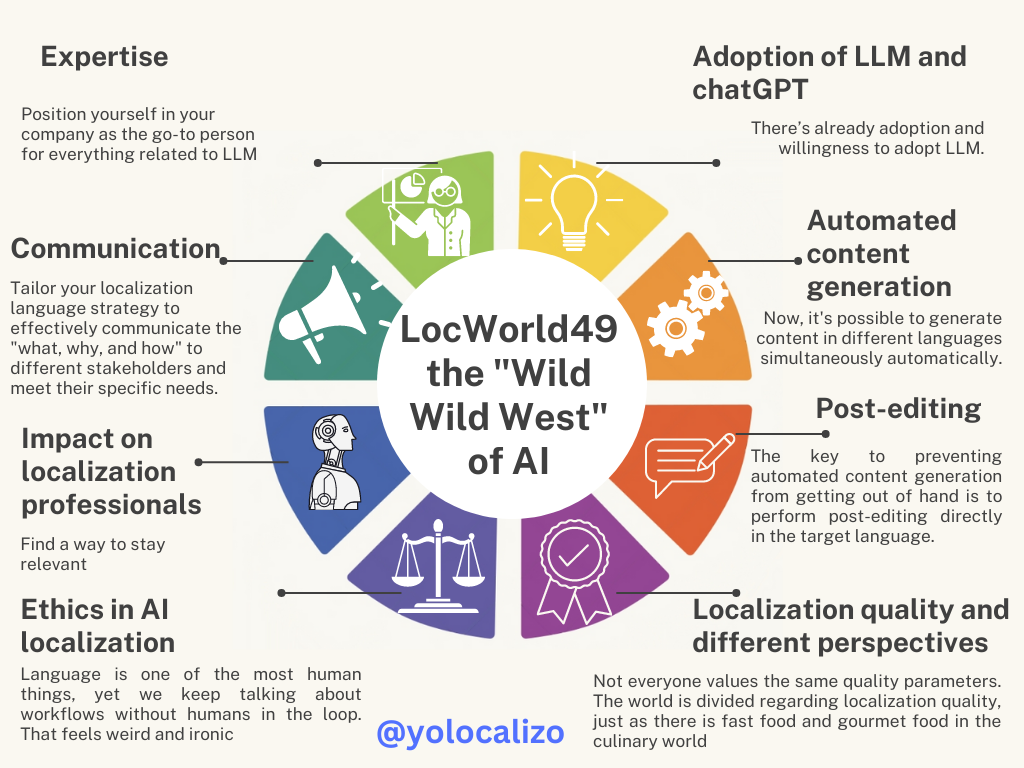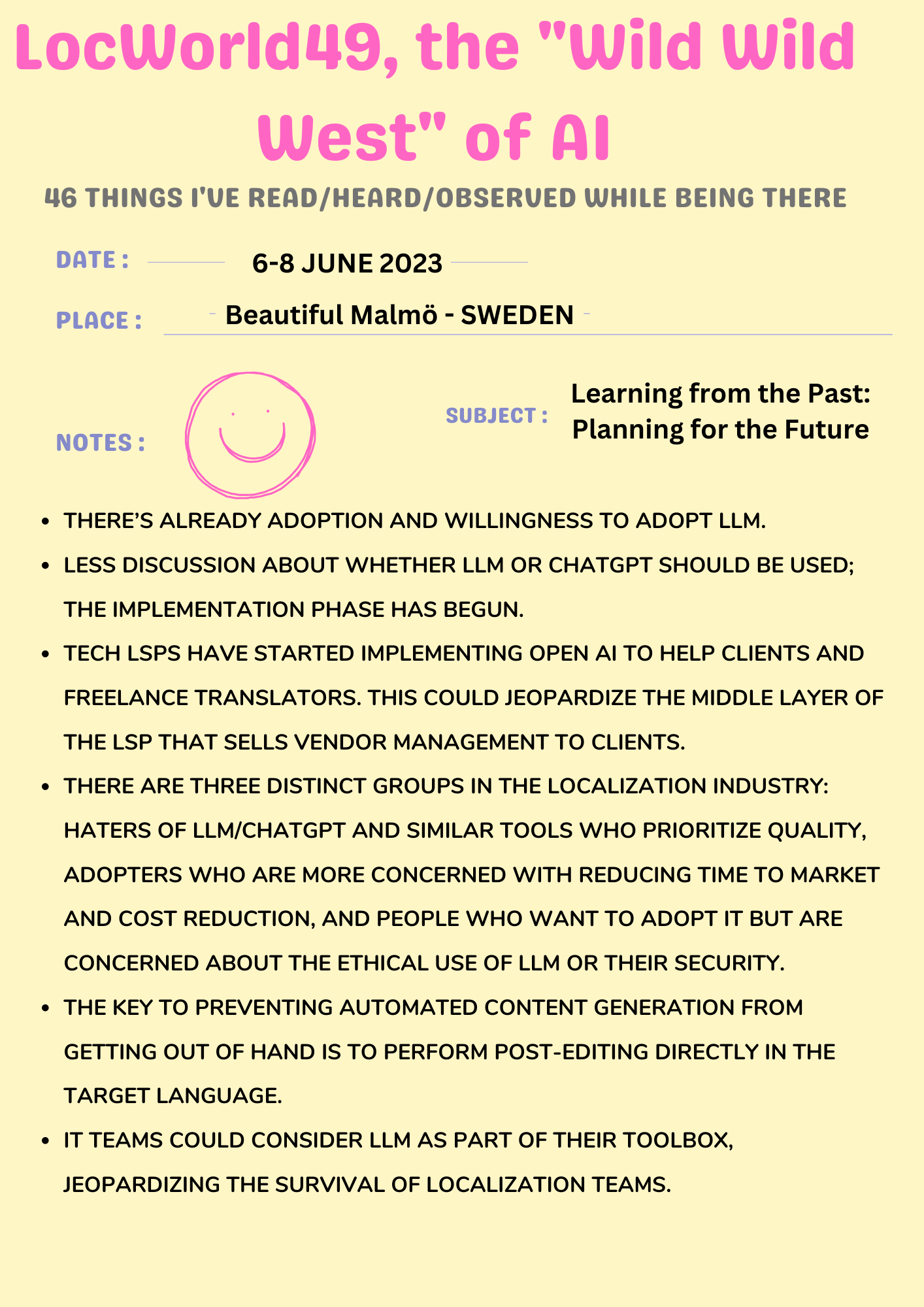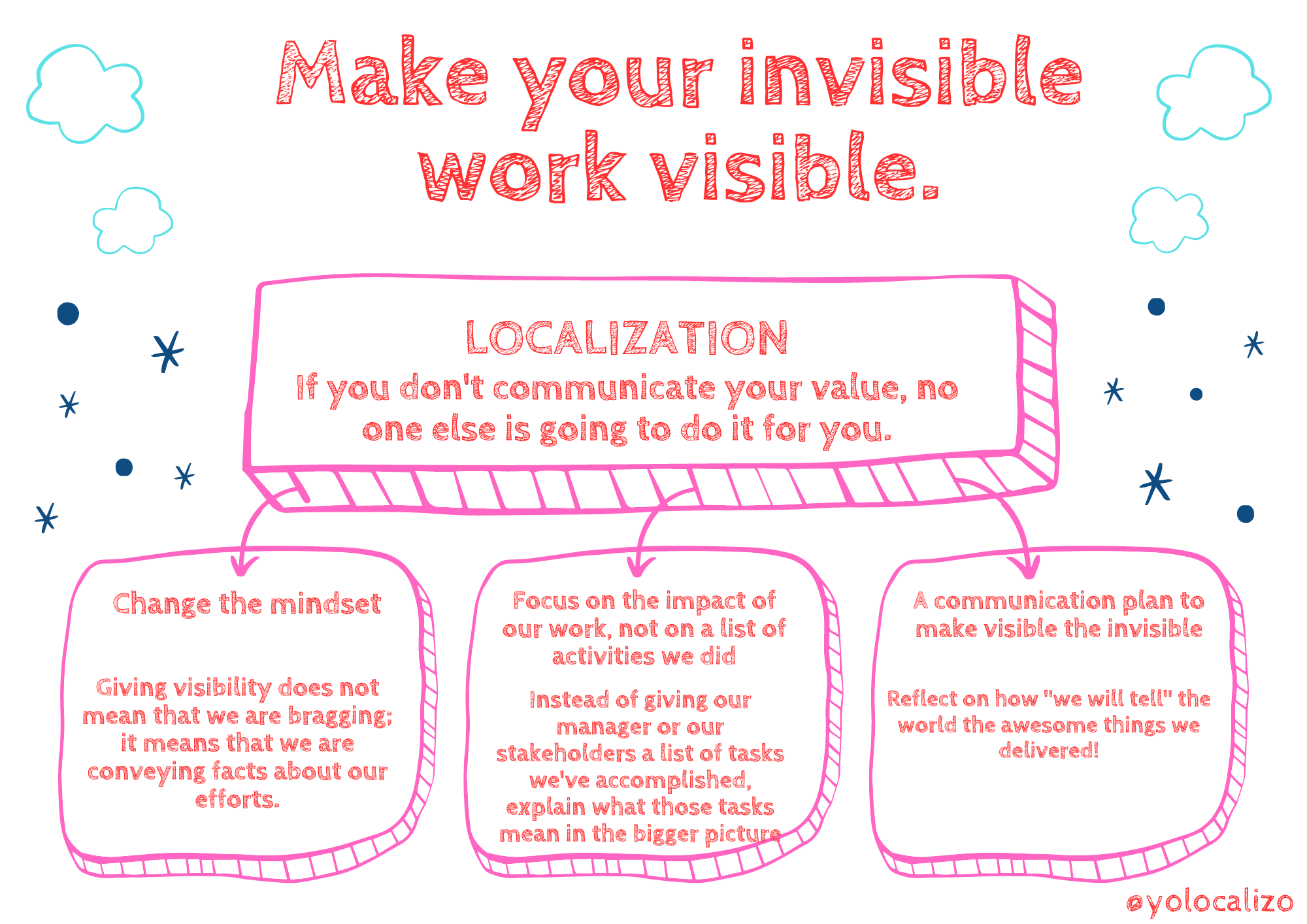LocWorld49, the "Wild Wild West" of AI
Last week, I had the fortune to attend LocWorld again, 5 years and a pandemic later.
There I was, once again surrounded by hundreds of people who live and breathe localization. While it's true that I don't know any other industry since I've worked in this one my whole life, I find the positive atmosphere among the attendees fascinating. I don't know if there are many industries and events where you can see clients and service providers shouting and dancing to "Dancing Queen" after dinner!, regardless of whether the clients are competitors or the providers are rivals in selling services. All of that is put aside, and there is a desire to share, not just the dance floor, but experiences during the event.
The unconference session is ideal for speaking openly about any topic the attendees desire, and the lobby becomes an improvised place to catch up and stay up to date with industry problems, trends, and solutions. For me, the best part of attending LocWorld is undoubtedly THE PEOPLE.
I'm so happy to see people in person, colleagues with whom I interact on and off online throughout the year. The people are my first highlight of LocWorld.
Looking back now, I can't understand how I could have spent several months in lockdown at home and three years without traveling... The best part of this industry is the people, and I couldn't be happier to see so many people again since LocWorld 2019 in Lisbon, so tremendously happy to be back to normal with you.
The second highlight of my attendance at LocWorld was... drumrolls... ta-da, LLM, AI, chatGPT! No surprise here, I guess, right? No ta-da really needed ….
The number of conversations about Large Language Models and similar tools from Christmas until now has been overwhelming, incredible, and at this LocWorld, I was able to experience it in a very obvious way. It felt like the Wild Wild West of AI 😊
There, under the same roof, we could observe each and every possible conversation combination that this technology is generating.
· People who use it every day,
· people who haven't used it yet or practically haven't used it at all,
· people who don't understand how others can use it every day without considering the ethical implications it entails,
· clients who are looking to implement it to accelerate time to market and prioritize quality,
· clients who are not convinced by LLMs or automated workflows because they prioritize quality,
· translators who don't want to work with LSPs that relegate them to post-editing tasks rather than translation,
· LSPs who don't understand why there are translators who don't want to use these tools,
· technology providers of tools who don't understand why clients use LSPs when the tools they are building can perform automatic translations and connect them with freelancers for content post-editing,
· people looking for ways to measure the quality of AI-generated content automatically,
· people who don't understand the obsession with measuring quality because the important thing is the user experience,
· people fed up with bots, AI, LLM...
· people exchanging prompts for chatGPT that have changed their lives…
It's incredible that we could experience all of that under the same roof... That fascinated me so much that I spent the 3-hour flight home plus the following morning doing a brain dump of the notes I took at the event, along with various things I had been reading on LinkedIn related to the event that were being published.
Unfortunately, in most cases, I don't remember who said what on the list below since the information exchange was happening rapidly, so I apologize in advance for not providing the source of each comment. So, without further ado, here's a summary of things that caught my attention
Download PDF
There’s already adoption and willingness to adopt LLM.
Less discussion about whether LLM or chatGPT should be used; the implementation phase has begun.
Tech LSPs have started implementing Open AI to help clients and freelance translators. This could jeopardize the middle layer of the LSP that sells vendor management to clients.
There are three distinct groups in the Localization industry: haters of LLM/chatGPT and similar tools who prioritize quality, adopters who are more concerned with reducing time to market and cost reduction, and people who want to adopt it but are concerned about the ethical use of LLM or their security.
Nowadays, it's possible to generate content in different languages simultaneously automatically.
The key to preventing automated content generation from getting out of hand is to perform post-editing directly in the target language.
IT teams could consider LLM as part of their toolbox, jeopardizing the survival of Localization teams.
One way to stay relevant is to move to the left and combine your skills with AI skills, which Microsoft calls "copilot."
If we oversimplify localization, it's about managing keys in repositories that must be updated in multiple languages. In such environments, an automatic workflow with GPT+post-editing is key.
Times are changing, and just like newspaper kiosks or travel agencies, the localization industry will undergo similar changes.
Not everyone values the same quality parameters. The world is divided regarding localization quality, just as there is fast food and gourmet food in the culinary world.
We are still a few years away from fully automated workflows.
Learn how to use AI models and face reality while there's still time.
The industry is mostly focused on lowering costs and reducing turnaround times. This can also be an opportunity to increase the content scope and the number of languages.
It's scary, but our industry is dynamic—it always has been and always will be.
Some LSPs are rapidly moving towards using AI in their solutions and workflows, but their translators are reluctant to enter this model.
Every professional in the localization industry chain must decide what it wants and needs to reposition itself. For example, translators must decide if they want to be "premium" and work with "boutique" vendors or vendors with a more "fast food" mindset.
Not all LSPs have to offer the same services, and not all translators have to offer the same services.
If we are truly honest, we will see that in some languages (e.g., FIGS), a human translator is not always superior to an automated translation. When we factor in time, it's not clear that human translation is always the best option.
If translators or localization teams don't like feeling undervalued, we need to find ways to contribute and make an impact.
Instead of having a victim mentality and seeing localization as a commodity, it's a good idea to think about where we can add real value and make an impact.
While we debate the quality of AI/automation, it gets better every year. The gap is closing rapidly.
Not every type of content or consumer requires excellent quality. Some content needs to be empathetic, some are for strategic marketing, and others are simply meant to be informative. Not all translations are a work of art. Sometimes a client just needs basic stuff.
LSPs are intermediaries between clients and translators. But now, technology can challenge the status quo of such LSPs by directly connecting linguists with clients.
There will be many cases where linguistic roles may no longer have a place in LSPs, as LSPs might start hiring other types of profiles.
Post-editing is the key to quality in any AI workflow you want to implement.
Localization teams currently have a unique opportunity to position themselves as LLM experts. The time is now.
The industry is starting to evolve, and job offers like AI content editor or AI Localization content editor are emerging.
There's much interest in creating multilingual content directly from the source without involving a localization team.
Quality is still important, and it's not a zero-sum game. Better quality drives a better experience, which leads to good metrics such as engagement or conversion.
There are concerns about the ethical use of AI, but so far, that hasn't been a barrier for companies trying to use it.
AI is just a tool, and like every tool, it's important to understand what you will get out of it. When I use a screwdriver, it's clear what I get compared to when I use a hammer.
We can deviate from the source text localization, especially in marketing content.
The localization industry could dissolve in a decade and become embedded in other industries.
Nowadays, you can automate LQE (Language Quality Evaluation) by using LLM.
Translators need to acquire skills in machine translation (MT) and generative AI.
Humans are still part of the industry, but the role of language experts is slowly shifting earlier in the localization chain.
Vendor management is often underestimated. It's important to be respectful and effectively communicate with your vendors.
Instead of discussing "humans in the loop," why don't we talk about "machines in the loop" with everything orchestrated by humans?
Language is one of the most human things, yet we keep talking about workflows without humans in the loop. That feels weird and ironic.
Instead of blindly embracing AI, we should discuss the ethical implications.
The current moment invites us to review all internal processes when localizing content, from the beginning stages of conceptualization to the final support phase, and seek improvement in all touchpoints shared by software development and localization activities.
It's important to have metrics to show your clients and elevate the visibility of your localization work.
Embrace quality estimation with automation to assess the quality of machine translation without the need for human review.
When talking to our stakeholders, let's not discuss best practices but rather focus on requirements. This approach is particularly useful when communicating with developers and discussing internationalization tasks.
It is important to speak the language of your stakeholders. Ensure that the what, why, and how isclearly differentiated when speaking to a developer, a product owner, or someone from the C-suite. Different stakeholders require you to customize your localization language strategy so that they understand the "what's in it for me" aspect.
Looking at this list now, a few days later, it's fascinating to see the variety of perspectives on the same topic. Well, enough for this week!
Next week, I would like to write about "Move to the left!" from my own presentation at LocWorld, as I believe it fits well with the main topic of this event and, in my opinion, offers ideas on how not to feel threatened by the AI earthquake we are experiencing.
I believe that there is still a place for us in the industry, but we must carve out that space.
Stay tuned to this post for ideas on how that could be done...
Until next week,
@yolocalizo




















This post explores the key differences between working on the buyer versus the provider side of the localization industry. While there are some tasks common to both, others vary significantly in areas such as people management, operations, strategy, and metrics. The article breaks these tasks into four categories, providing examples for each to highlight these distinctions